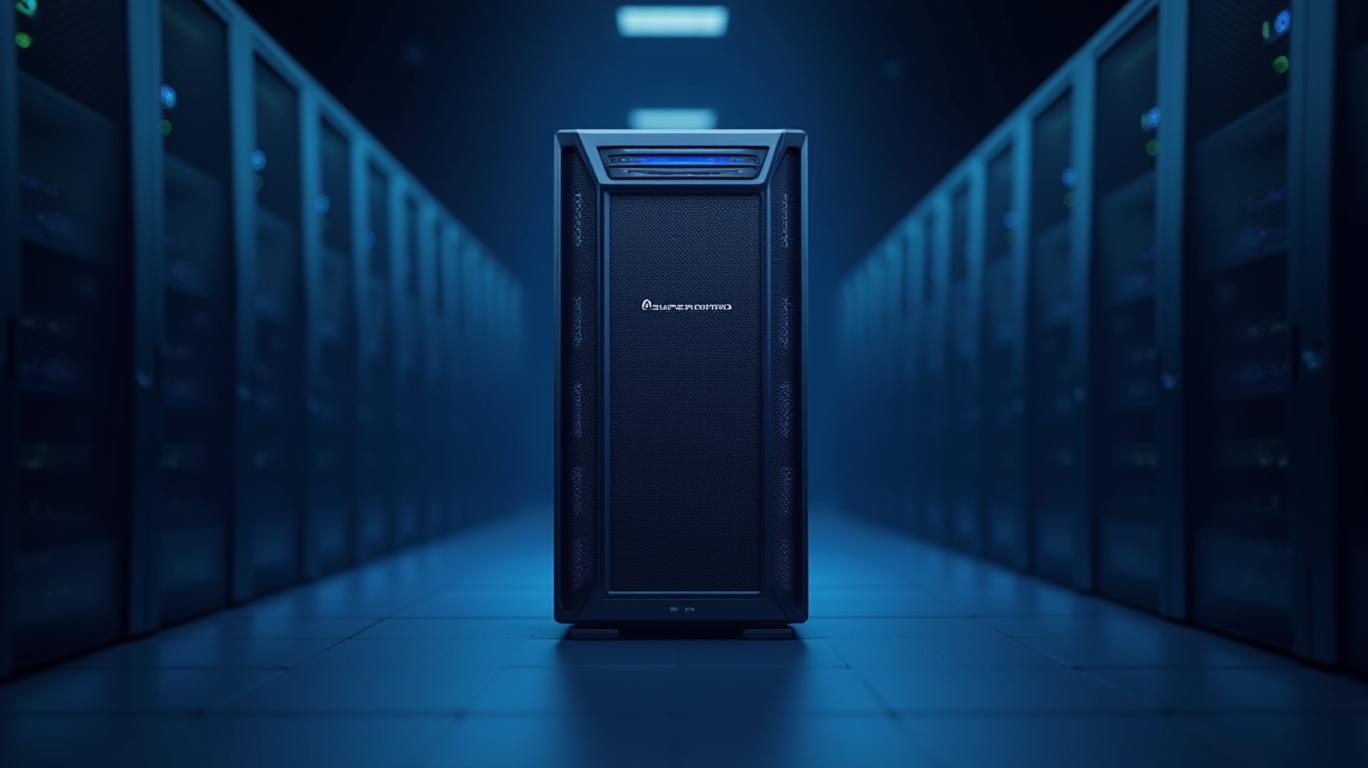Super Micro's Q3 Stumble Highlights AI Infrastructure's Growing Pains
Super Micro Computer’s preliminary Q3 2025 results delivered a stark reminder of the volatility plaguing the AI infrastructure sector. The company’s shares plummeted 17–19% in after-hours trading on April 29, 2025, following a revenue forecast that fell far below expectations. While Super Micro has long been a key supplier of servers to tech giants like Microsoft and Amazon, its struggles now underscore broader concerns about execution, demand sustainability, and margin pressures in an industry racing to keep pace with AI advancements.
A Missed Milestone and Margins Under Pressure
Super Micro’s projected Q3 revenue of $4.5–4.6 billion represented an 18% year-over-year increase but fell 10–25% short of its initial $5.0–6.0 billion guidance. Analysts had anticipated $5.5 billion, making the miss one of the most severe in the company’s history. Even more concerning was the 220-basis-point decline in gross margin, driven by inventory write-downs for older products and rushed costs to accelerate new AI server launches.

The company blamed delayed customer decisions for the shortfall, arguing that sales would shift to Q4. Yet investors remain skeptical: while management insists this is a timing issue, the scale of the miss—combined with margin erosion—raises questions about its ability to execute against a backdrop of intense competition.
The AI Demand Dilemma
Super Micro’s stumble coincides with whispers of cooling demand for AI infrastructure. Reports of Microsoft and Amazon scaling back data center leases have fueled doubts about the pace of hyperscaler spending. This is a critical issue for Super Micro, which relies heavily on large enterprise customers: two clients accounted for 27.1% and 30.6% of its Q2 revenue.
The market’s reaction was swift and punitive. Super Micro’s shares now trade at levels last seen in early 2023, reflecting a loss of faith in its growth narrative. Competitors like Dell Technologies (DELL) and Hewlett Packard Enterprise (HPE) also dipped, suggesting the sell-off is sector-wide. Analysts point to customer concentration risk and tariff uncertainties as additional headwinds.
Governance and Growth Ambitions
Super Micro’s challenges extend beyond financials. The company’s delayed 2024 financial filings and the departure of its former auditor, Ernst & Young, have left lingering governance concerns. While it narrowly avoided Nasdaq delisting by filing overdue reports in February 2025 and appointed BDO as its new auditor, investor trust remains fragile.
Despite these hurdles, management remains bullish on long-term opportunities. Super Micro claims “robust design wins” for its new AI products, including support for Nvidia’s Blackwell platform, and aims to hit $23.5–$25 billion in fiscal 2025 revenue, with a $40 billion target by 2026.
Conclusion: A Test of Resilience
Super Micro’s Q3 results are a cautionary tale for investors betting on AI-driven growth. While its AI server technology—particularly its direct-liquid cooling systems—positions it to capitalize on long-term demand, near-term risks are mounting. The company’s revenue shortfall, margin contraction, and governance scars create a high bar for rebuilding confidence.
The market’s skepticism is justified: with a stock down 70% from its 2024 high and Wall Street maintaining a “Hold” consensus, investors are demanding proof. To rebound, Super Micro must demonstrate:
1. Execution discipline: Delivering on Q4 revenue shifts and managing inventory transitions to reduce write-downs.
2. Margin stabilization: Containing costs as it scales newer, higher-margin AI products.
3. Diversification: Reducing reliance on top customers to mitigate concentration risk.
The stakes are enormous. The global AI infrastructure market is projected to reach $188 billion by 2030, but Super Micro’s ability to capture that growth hinges on overcoming its current operational and financial hurdles. Until then, the company’s shares will remain a litmus test for the sector’s readiness to sustain the AI boom.


_442a2dcc1749832873286.jpeg)
_e68fac6d1749831664430.jpeg)






